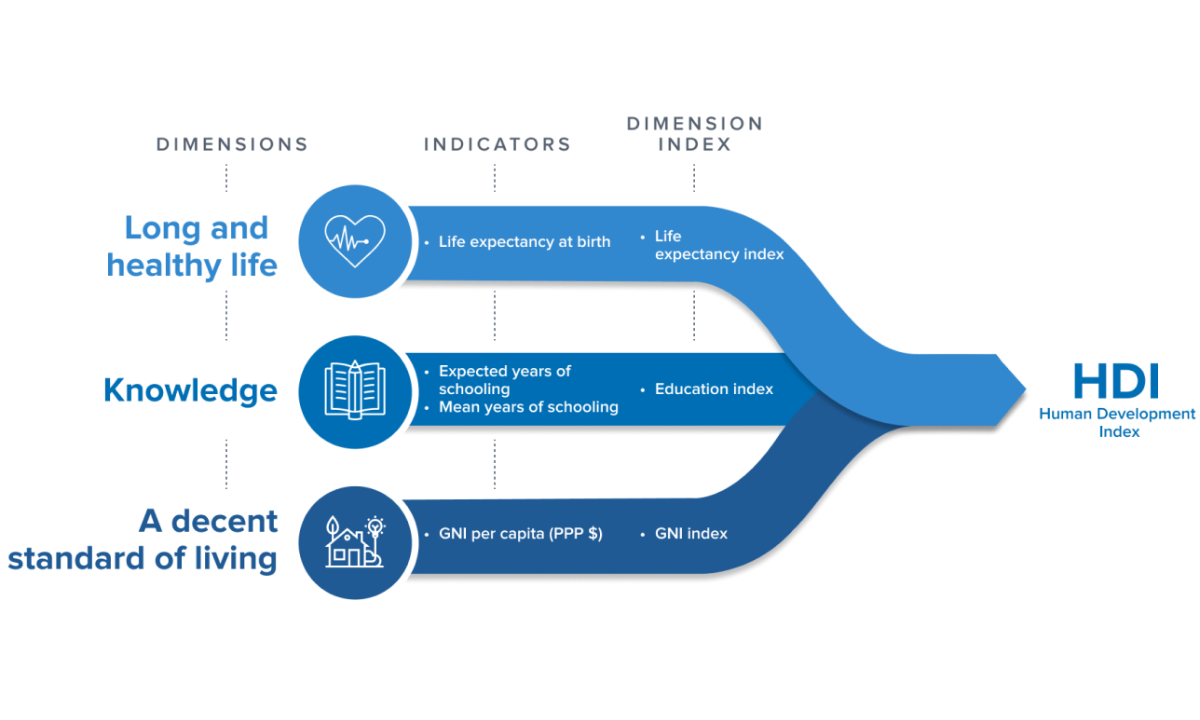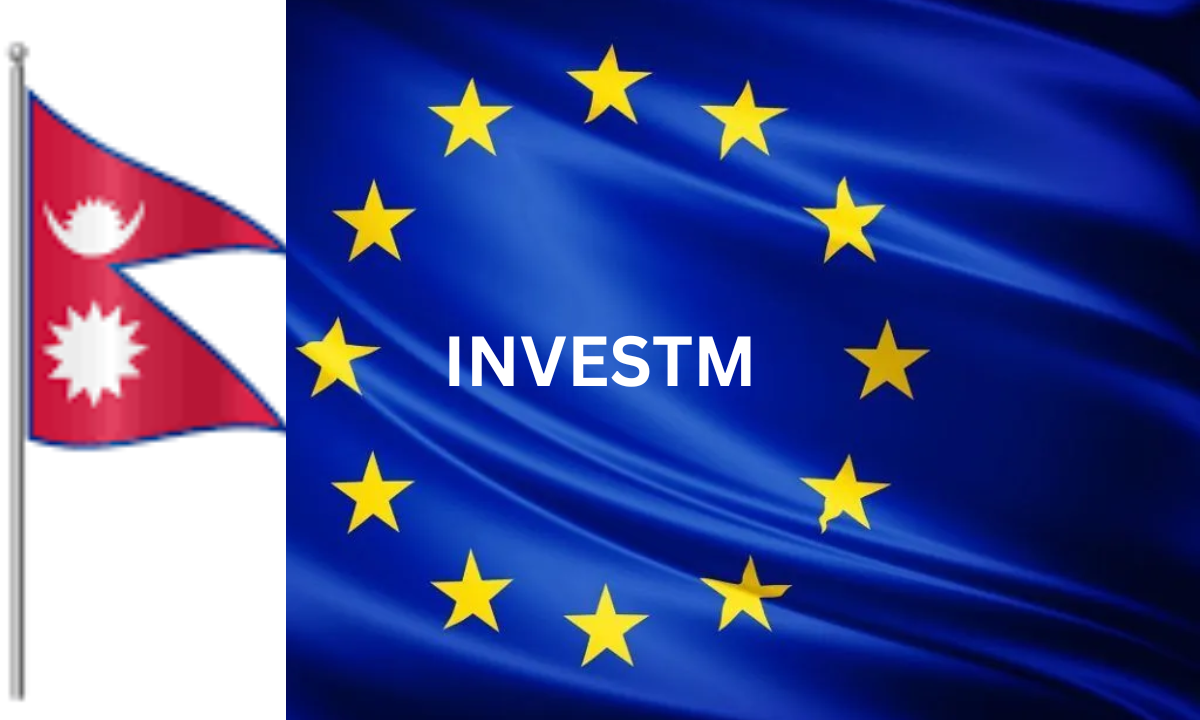According to the latest report from the United Nations Development Programme (UNDP), Nepal holds the 146th position on the Human Development Index (HDI).
With an HDI value of 0.610, Nepal ranks 146th out of 193 countries and territories globally. This reflects a slight increase of 0.010 compared to the previous year, resulting in Nepal climbing three places in the rankings.
The HDI is a comprehensive measure assessing the average achievements in three key dimensions of human development: longevity, education, and standard of living.
From 1990 to 2022, Nepal’s HDI value experienced a significant transformation, rising from 0.395 to 0.601, indicating a notable increase of 52.2 percent. Over the same period, life expectancy at birth increased by 15.7 years, expected years of schooling rose by 5.4 years, and mean years of schooling increased by 2.1 years. Nepal’s Gross National Income (GNI) per capita also witnessed substantial growth, increasing by approximately 165.7 percent.
Key insights from the 2023/24 Human Development Report (HDR) reveal that all 38 countries within the Organization for Economic Co-operation and Development (OECD) achieved higher HDI scores compared to 2019 levels. However, among the 35 least developed countries (LDCs), more than half experienced a decline in HDI in 2020 and/or 2021, with 18 countries still below their 2019 human development levels. This highlights the challenges faced by developing regions, signaling a potential shift towards a lower HDI trajectory and the risk of enduring setbacks in future human development progress.
The report underscores the impact of these setbacks, particularly evident in Afghanistan and Ukraine. Afghanistan’s HDI regressed significantly by ten years, while Ukraine’s HDI dropped to its lowest level since 2004.
Furthermore, the report draws attention to research indicating that countries governed by populist regimes tend to experience lower GDP growth rates. It suggests that fifteen years after the rise of a populist government, GDP per capita is estimated to be 10 percent lower compared to scenarios under non-populist governments.





